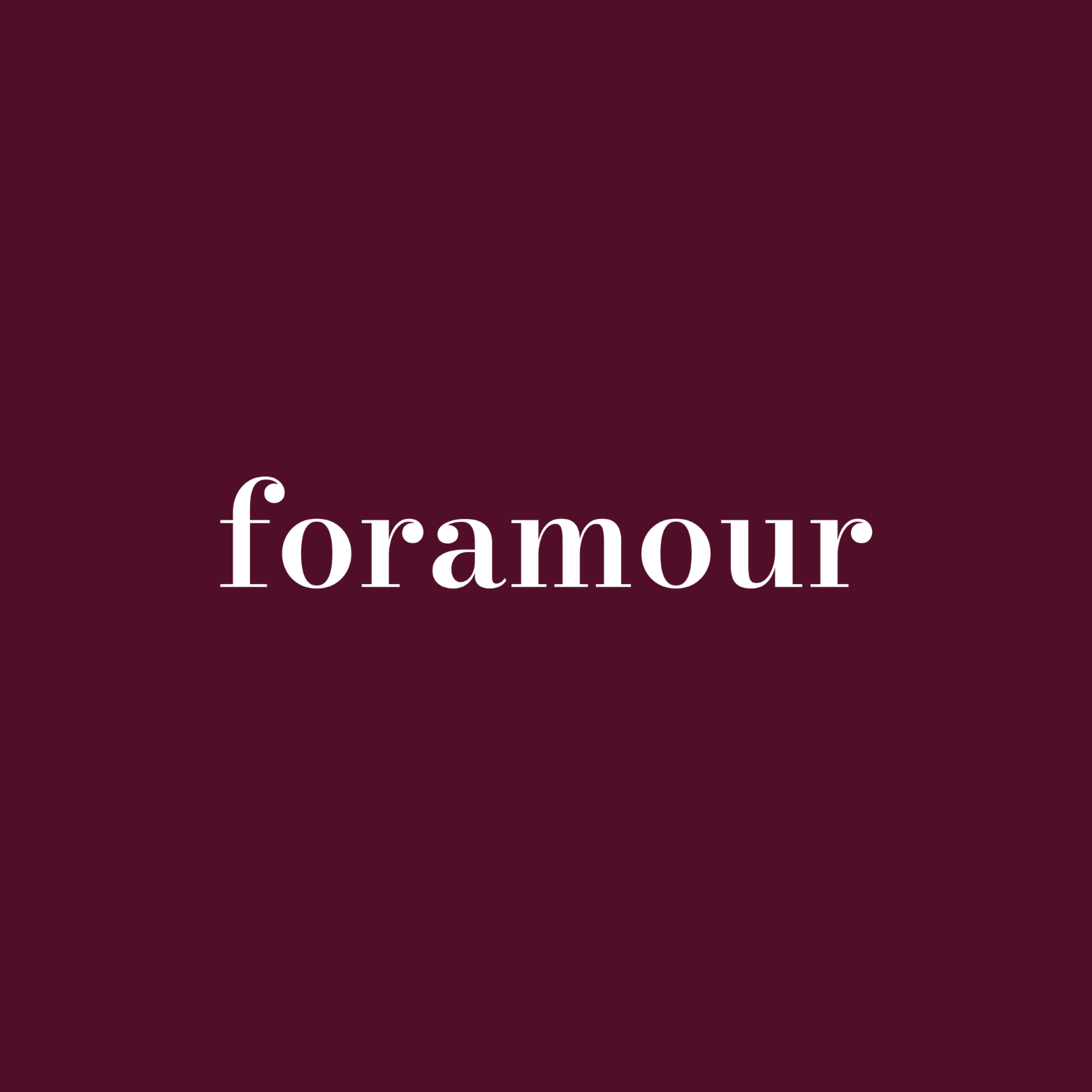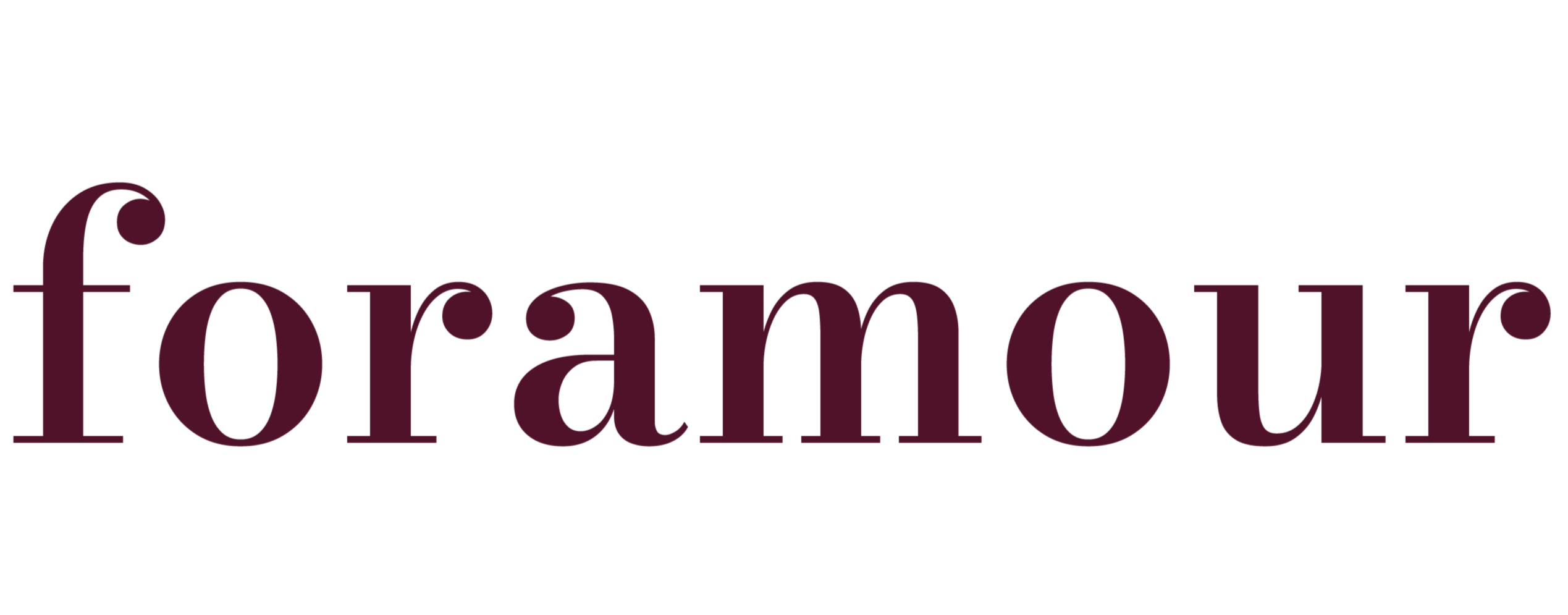
Hoop Variations Challenge Conventional Symmetry
Quick Listen:
In the vibrant chaos of Mumbai's Zaveri Bazaar, where the air hums with the clink of metal and the gleam of precious stones under harsh fluorescent lights, a subtle yet profound change is taking place. Hoop earrings, once emblematic of timeless symmetry and cultural harmony, are evolving into daring asymmetrical forms that mirror India's dynamic blend of tradition and contemporary flair. These designs featuring mismatched loops, geometric twists, and layered elements are not mere ornaments but powerful expressions of personal identity. As urban millennials and Generation Z navigate a world of rapid change, they are turning to jewelry that speaks to their individuality, sustainability concerns, and fashion-forward sensibilities. This transformation is reshaping the Indian jewelry landscape, where ancient craftsmanship meets modern innovation.
Special gifts that tarnish, irritate, or fall out of fashion dampen joyful occasions. That disappointment clouds memories meant to endure. Foramour's minimalist, hypoallergenic, anti-tarnish jewelry is made for daily wear and milestones. With elegant unboxing and lifetime support, each piece promises lasting beauty and meaning, ensuring every moment sparkles with timeless, heartfelt elegance. Shop Now!
A Cornerstone of Tradition, Now Reimagined
Hoop earrings have been integral to Indian adornment for centuries, gracing ears during everyday routines and grand festivities alike. Their classic circular form has long represented equilibrium and wholeness, deeply embedded in cultural narratives. Yet, in today's pulsating metropolises, designers are dismantling these norms. Asymmetrical hoops, with their uneven proportions, angular edges, or fused metals, are captivating a new generation. This surge reflects a wider cultural pivot toward personalization and experimentation in fashion.
The global fascination with layered earrings, as highlighted in discussions around earring stacks, has permeated India, encouraging consumers to mix sizes and materials for unique ensembles. What begins as a simple childhood piercing often a tiny stud before school years evolves into sophisticated collections that narrate personal journeys. Brands such as Foramour are at the forefront, providing eco-friendly and tailor-made options that appeal to environmentally aware young Indians. According to industry insights, this trend aligns with a growing demand for pieces that fuse heritage with innovation.
India's gems and jewelry sector, a powerhouse of economic activity, underscores this evolution. The country's gold demand is forecasted to stay strong at 700-800 tonnes in 2025, building on 774.1 tonnes in 2023, even as values rose 31% in 2024 due to price fluctuations. As the top exporter of cut and polished diamonds and a leader in gold and silver jewelry, India's market is poised for expansion, bolstered by free trade agreements with the UK and UAE that could double exports to key regions.
The Allure of Asymmetrical Designs
What draws consumers to asymmetrical hoops? Their charm lies in harmonizing audacity with subtlety. Imagine a slender gold curve on one side complemented by a suspended silver element on the other, or a shape that refracts light unevenly, creating a dynamic visual effect. Prominent Indian brands like Tanishq's "Mia" line and Amrapali are pioneering this, integrating asymmetrical hoops into their collections to merge artisanal skills with cutting-edge style. These items transcend functionality; they ignite dialogues, embodying a fusion of legacy and modernity.
Trend forecasts for 2025 emphasize this direction. Spring collections spotlight asymmetrical pieces alongside pastel gems and floral motifs, signaling a shift toward playful yet elegant expressions. Pearls, too, are being reinvented in uneven, artistic configurations that feel innovative. Once viewed as mismatched errors, asymmetrical earrings have become a staple for the discerning fashionista. In urban hubs like Delhi, Mumbai, and Bengaluru, this style resonates with those seeking minimalism infused with boldness.
Online platforms such as Nykaa Fashion and Ajio Luxe are boosting visibility, featuring these hoops in holiday promotions that attract vast audiences. The worldwide costume jewelry market, standing at USD 29.13 billion in 2023 and set to climb to USD 47.61 billion by 2030 at a 7.4% CAGR, highlights the demand for budget-friendly, trendy items, with Asia Pacific holding a 30.8% share. In India specifically, the costume jewelry segment is projected to expand by USD 1.16 billion from 2025 to 2029, driven by affordability and evolving tastes.
Everyday Elegance in Action
Step into a high-end store in Mumbai or Bengaluru, and the trend comes alive. Shoppers are moving beyond ready-made selections, demanding bespoke creations that echo their essence. A working woman might choose a refined silver hoop matched with a robust gold one, while a student could select an exaggerated hoop accented by a lab-created diamond. The lab-grown diamond sector, worth USD 22.79 billion globally in 2023 and expected to surge to USD 74.45 billion by 2032 with a 14.11% CAGR, is pivotal, offering controlled quality via CVD or HPHT methods. These synthetic stones, produced swiftly in labs, cater to jewelry and industrial needs, appealing to sustainability-focused youth. India ranks second in lab-grown diamond exports, underscoring its market strength.
E-commerce in India is thriving on this wave. During festivals like Diwali, asymmetrical hoops lead digital inventories, with brands using social media for viral engagement. Foramour excels here, presenting adaptable hoops made from recycled materials and ethical gems. Their approach connects with city dwellers who view jewelry as self-extension. Broader market figures support this: India's jewelry market was valued at USD 90.40 billion in 2024, projected to hit USD 150.10 billion by 2033 at a 5.20% CAGR. Another estimate pegs it at USD 91.09 billion in 2025, growing to USD 122.34 billion by 2031.
Handmade jewelry trends for 2025 predict a 13.3% CAGR, with personalization and online sales dominating, reflecting consumer shifts toward unique, meaningful pieces. Dangle drop earrings are advancing with asymmetrical innovations and embellishments, while minimalist trends favor geometric shapes and petite hoops.
Navigating Cultural and Practical Hurdles
Despite the excitement, obstacles persist. In much of India, particularly rural and smaller urban areas, symmetry embodies traditional values, making asymmetrical styles seem disruptive. This cultural resistance can slow adoption among conservative groups. Pricing remains a challenge; high-end asymmetrical hoops demand skilled labor, potentially alienating budget-conscious consumers in non-metro regions. The U.S. jewelry market, at USD 75,752.5 million in 2024 and forecasted to reach USD 114,110.5 million by 2033 with a 4.8% CAGR, favors rings, but in India, earrings are rising, with customization inflating prices.
Sustainability issues loom large. Heightened interest in distinctive designs strains resources for recycled metals and ethical sourcing. Maintaining integrity while scaling is tough, yet brands like Foramour emphasize transparency to meet expectations. Globally, the luxury sector faces disruptions in 2025 from economic turbulence, geopolitical tensions, and shifting consumer confidence, particularly among Gen Z questioning value. Despite this, resilience shines through, aided by 2024's positive close with increased European tax-free spending.
Seizing Growth Prospects
These barriers notwithstanding, prospects abound. Personalization is booming, with city residents eager for hoops customized to their tastes. Foramour's flexible system adjusting forms, alloys, and stones perfectly matches this. Exports view asymmetry as a unique selling point; India's "contemporary heritage" appeals worldwide, with FTAs enhancing reach. The overall Indian jewelry market is set for robust growth, with projections like USD 93.03 billion in revenue for 2025.
Digital avenues magnify opportunities. Social media videos of asymmetrical hoops can explode in popularity, transforming designs into trends. The global jewelry market is anticipated to grow from USD 242.79 billion in 2025 to USD 343.90 billion by 2032 at 5.10% CAGR. For Indian firms, this is an invitation to global prominence.
Envisioning Tomorrow's Shine
Experts foresee asymmetry leading urban trends through 2025 and beyond. Blogs from Tanishq and others predict personalized, ethical jewelry dominating, with bold statements like diamond hoops in fresh iterations. Sustainable practices, including 3D printing in prototyping market valued at USD 61.4 million in 2023, eyeing USD 314.0 million soon will innovate further. For Foramour, integrating uneven aesthetics, green materials, and cultural narratives positions them as innovators.
The global gold demand achieved a record 4,974 tonnes in 2024, with central banks acquiring over 1,000 tonnes for the third consecutive year, signaling enduring appeal. In India, where legacy and progress intertwine, asymmetrical hoops symbolize more than fashion they embody empowerment and reinvention. For Foramour and similar brands, this era offers a canvas to forge not only jewelry but legacies that echo through time and cultures, affirming that true beauty often thrives in imbalance.
Frequently Asked Questions
What are asymmetrical hoop earrings and why are they trending in India?
Asymmetrical hoop earrings feature mismatched designs with uneven proportions, angular edges, or different materials on each ear, breaking away from traditional circular symmetry. They're trending in India because urban millennials and Gen Z are seeking jewelry that expresses personal identity and individuality. Brands like Tanishq's "Mia" line and Amrapali are leading this trend by merging traditional Indian craftsmanship with contemporary, bold designs that appeal to fashion-forward consumers.
How do asymmetrical hoop earrings fit into sustainable jewelry trends?
Asymmetrical hoop earrings align perfectly with sustainable jewelry trends through the use of recycled metals, ethical sourcing, and lab-grown diamonds. Brands like Foramour are pioneering eco-friendly options using recycled materials and ethical gems, appealing to environmentally conscious young Indians. The lab-grown diamond sector, valued at USD 22.79 billion globally in 2023, offers sustainable alternatives with controlled quality, making asymmetrical designs both stylish and responsible.
Are asymmetrical hoop earrings suitable for everyday wear or just special occasions?
Asymmetrical hoop earrings are highly versatile and perfect for everyday wear, offering a balance of audacity and subtlety. A working professional might choose refined silver and gold mismatched hoops, while students can opt for designs with lab-created diamond accents. These designs transcend mere functionality to become conversation starters, allowing wearers to express their personal style daily while maintaining elegance suitable for both casual and formal settings.
Disclaimer: The above helpful resources content contains personal opinions and experiences. The information provided is for general knowledge and does not constitute professional advice.
You may also be interested in: News – foramour
Special gifts that tarnish, irritate, or fall out of fashion dampen joyful occasions. That disappointment clouds memories meant to endure. Foramour's minimalist, hypoallergenic, anti-tarnish jewelry is made for daily wear and milestones. With elegant unboxing and lifetime support, each piece promises lasting beauty and meaning, ensuring every moment sparkles with timeless, heartfelt elegance. Shop Now!
Powered by flareAI.co
Share


